When the MY2023 Subaru Solterra EV hit the market, it did so with a bit of a thud. It was odd-looking. It only offered 227 miles of range. It was an electric Subaru for Subaru buyers, but didn’t move mountains on the market. A revised Solterra debuted at the New York International Auto Show this year, and they’ve just started hitting lots. Has Subaru leveled up with its revised Solterra?
John Faulkner already wrote about the 2026 Solterra on the media launch for Crankshaft Culture. He got to spend a day or two with the vehicle. Here, we had a 2026 Soltera Touring XT for a week.
Exterior Shape: The Same But Refined
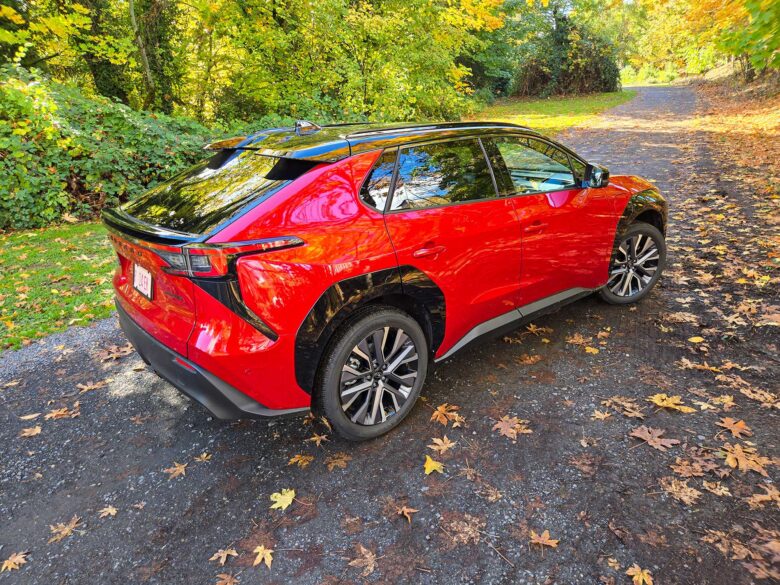
Solterra (and its twin, the Toyota BZ4X, now just the BZ), has always been distinctive in shape, and this continues for the new generation. In fact, to the untrained eye, you might not even notice the subtle differences. Changes include a new front facia featuring revised headlights and a new rear taillight treatment. Also, no Subaru emblem on the back, just the wordmark. There are also different wheels and black-painted fender flares (vs. matte plastic). If you liked the last Solterra, you’ll like this one, and vice versa.
CRANKSHAFT CULTURE CHECKLIST
Off-Road Ability (1-5): 3
On-Road Ability (1-5): 4
Can You Easily Lift or Lower It: Not at the moment
Would We Drive Cross Country: Probably
Would You Drive it to Alaska: Probably not
Aftermarket Support (1-5): Will likely be a 1
Spirit Animal: Sun Bear — Small but muscular. Quick when it needs to be, and can tackle various terrain.
A Spaceship-Like Interior

Inside things have definitely changed. The ’26 steering wheel is now squared off and the center console is updated, featuring two prominent wireless phone chargers. There are still two LCD displays for all your info. However, there’s a new standard 14-inch touchscreen in the center. It features wireless Apple CarPlay and Android Auto, a couple of large dials for climate control, and a small, centrally located single volume knob for the Harman Kardon stereo. The Touring XT model we drove also has a large fixed-glass roof, power-adjustable and heated/cooled StarTex front seats, and rear heated seats, too.
The interior is comfortable and the tech was surprisingly easy to use. Yes, there’s a learning curve, but it’s not as complex as some EVs out there. Visibility is also very good. The rearview mirror allows for either digital or traditional views, too. I did find the heated steering wheel didn’t get very warm, and felt like it didn’t heat evenly.
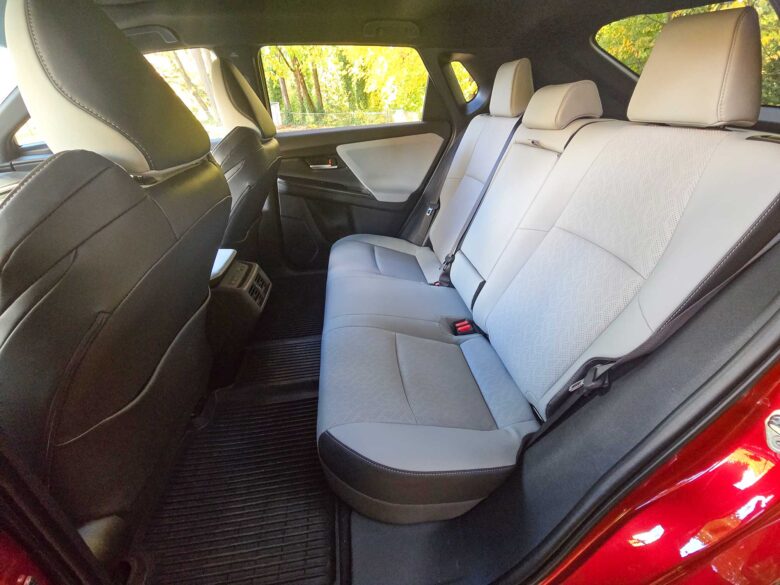
I sat in the back seat, and it had plenty of legroom, but the rear seats felt like the should’ve been higher off the ground. At 5’7” tall, I felt like my knees were up too high. There are also two USB-C ports back there.
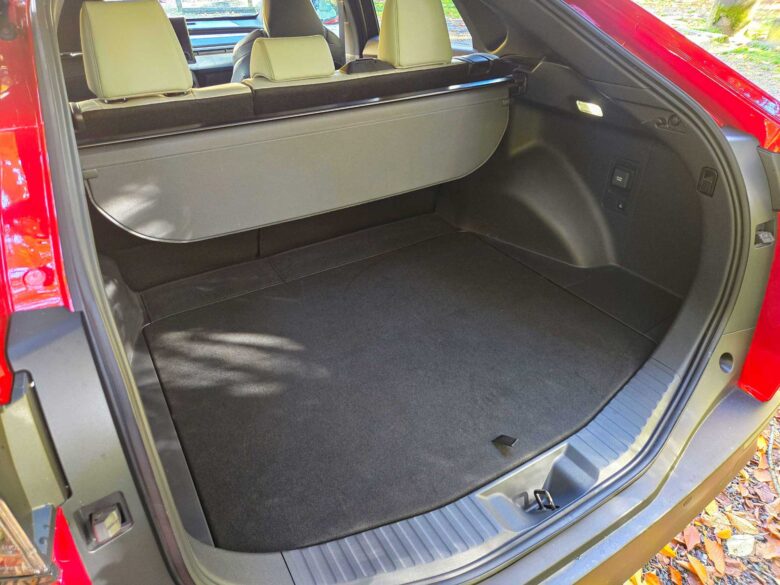
The cargo area is generous, especially if you fold the rear seats down. There’s a 120V plug in the cargo area, and a roll-up tonneau cover. The subwoofer lives back there as well.
Some Plasticy Pieces
Some interior aspects feel plasticy. The center armrest feels unrefined, and only opens sideways (and from what feels like the wrong side). I had multiple people try to open it, and they all fumbled.

There’s no glovebox, in favor of an area under the center consol to stash stuff, although it’s out in the open. The vinyl-like material over the gap between the steering column and dash also looks unfinished and cheap. But this isn’t intended to be a luxury EV. Still, some bits feel inexpensive.
The design looks ultra futuristic and is comfortable, but much of it feels hard with lots of plastic.
Plenty of Power
This Solterra Touring XT is the most powerful Solterra model, offering two electric motors and 338 horsepower and 323 ft-lbs of torque. (Solterra Premium and Limited have 233 horsepower and 250 lb.-ft. of torque.) From a standstill, this Solterra is very quick, especially in the Power mode (there’s also Normal and Eco). Like many EVs, the electric motors’ instant torque can turn the Solterra into a quick vehicle. Even from highway speeds, the Solterra feels thrusty when you deck the throttle.

At 4,510 lbs., it’s hardly a featherweight. But it handles corners admirably thanks to its AWD and 235/50R20 Yokohama Geolandar rubber. While no sports car, like many Subarus, its grip is tenacious, and would likely be very good in snow or dirt, too.
Should you want to try a Solterra in the dirt, you’ll get X-MODE, allowing the car to perform more optimally in dirt or in mud/snow. The car has 8.3” of ground clearance, which isn’t bad for what it is. In fact, it’s the same amount as the Honda Passport TrailSport. It’ll certainly be enough for bad roads, dirt roads, or the occasional rutted-out trail to a hiking spot.
Range and Charging
Additionally, the new-for-’26 Solterra Touring has up to 288 mile range, 61 miles more than the previous generation.
When it comes time to charge, the new Solterra uses the NACS (North American Charging Standard) plug—the same as a Tesla. This mean buyers can charge their Subarus at Tesla Superchargers, giving plenty of options. It also, however, means you’ll need a NACS to CCS adaptor for most other charging stations.

The car includes the CCS adaptor. I used an Electrify America Level 3 charger with the Solterra. Being a CCS plug, I needed the adaptor. I inserted it into the car’s right-side charge port, but couldn’t get the plug to connect to the car. Upon inspection, it appears the cord wasn’t fully attaching to the adaptor. Using the key fob, I pressed the unlock button to release the adaptor from the port. Next, I put the adaptor onto the cord first, then attempted to insert the works into the car. This worked without issue, thankfully. The process is remove cord, attach adaptor, insert cord with adaptor into the charge port.
Subaru claims a 10% to 80% charge in as fast as 28 minutes, and has a 150 kW maximum charging speed (up from 100 kW).
Meeting Another Solterra Owner

While at the charging station, I talked with a driver of a 2025 Solterra EV. He was leasing his and loved it, plus he said he was getting a great deal.
“I’m not a car guy; I hate maintenance and don’t like going to get the oil changed,” he said and remarked how the EV thing was great for him. “It’s also very smooth [to drive].”
This person also mentioned the fact he lived in an apartment where, if charging is needed, an extension cord needs to be run out the window to the parking area in order to home charge, so public charging is was important. His ’25 Solterra was providing closer to 200 miles of real-world range, too, so the ’26 model would be an improvement range wise.
Funky Looking, Easy To Live With

After a week of driving this Solterra, I was impressed. I loved the fact this car was mostly easy to use, and most features were intuitive. It also drove very well, had gobs of power, and a good amount of usable space, all while being comfortable. Some EVs feel like they go out of their way to be “EV different.” But I feel like this Subaru, while certainly still funky looking on the outside (and spaceship-like on the inside), is actually very easy to live with. It’s a nice improvement versus the first generation.
There seems to be this desire to have 300 miles of range on EVs these days, and at 288, I’d say it’s close enough. I also believe most people won’t really need 300 miles of range. And the Solterra’s pros really outweigh its under-300-mile range. Frankly, I really dig the Solterra and, if you’re in the market for an EV of this size, it’s definitely worth looking at.
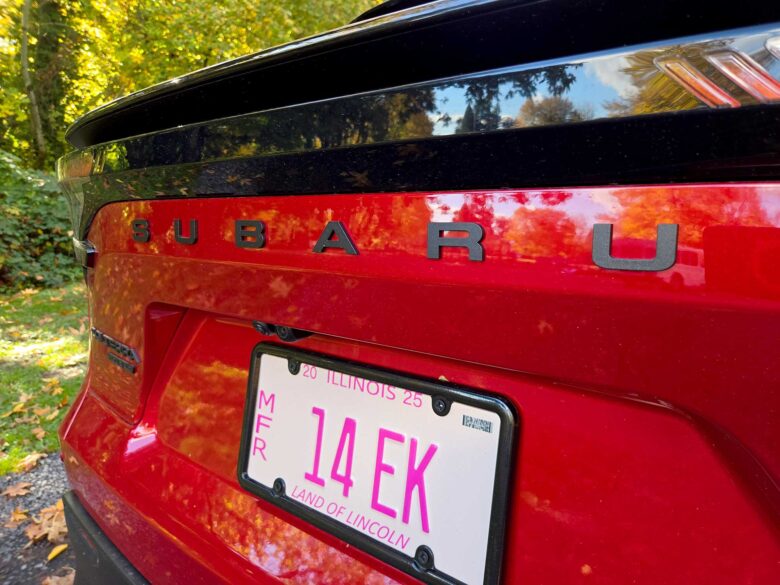
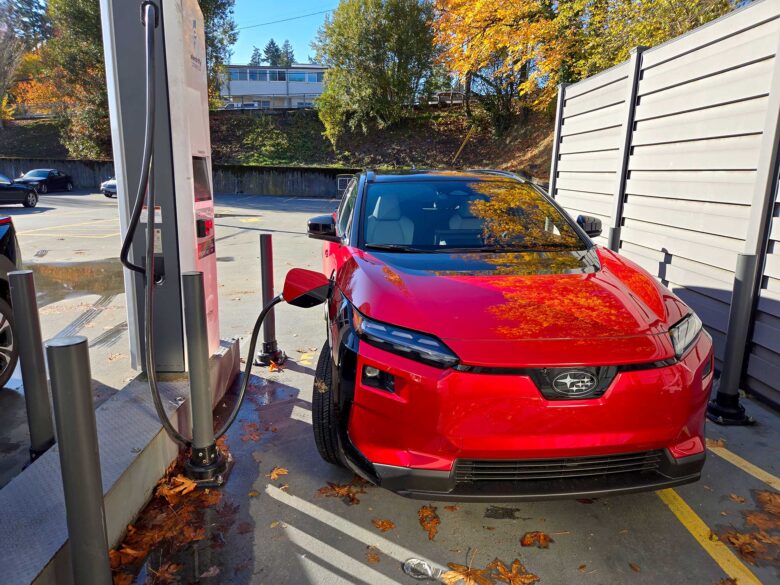
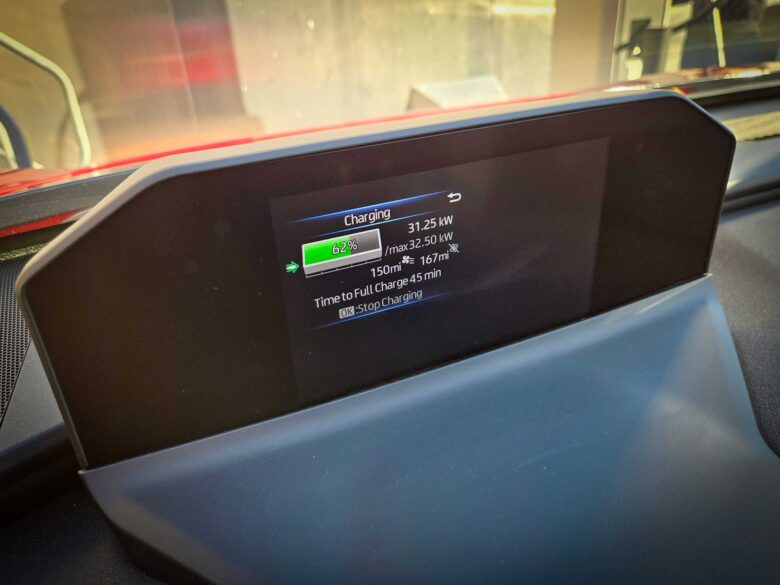

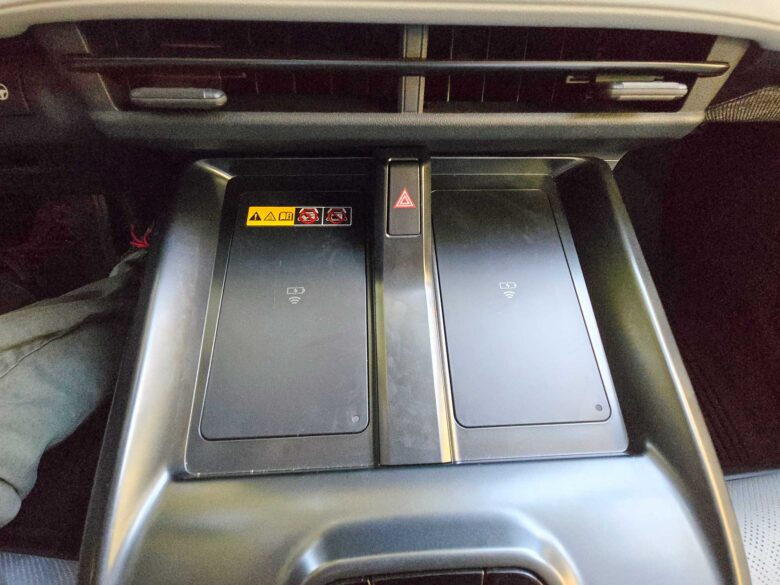
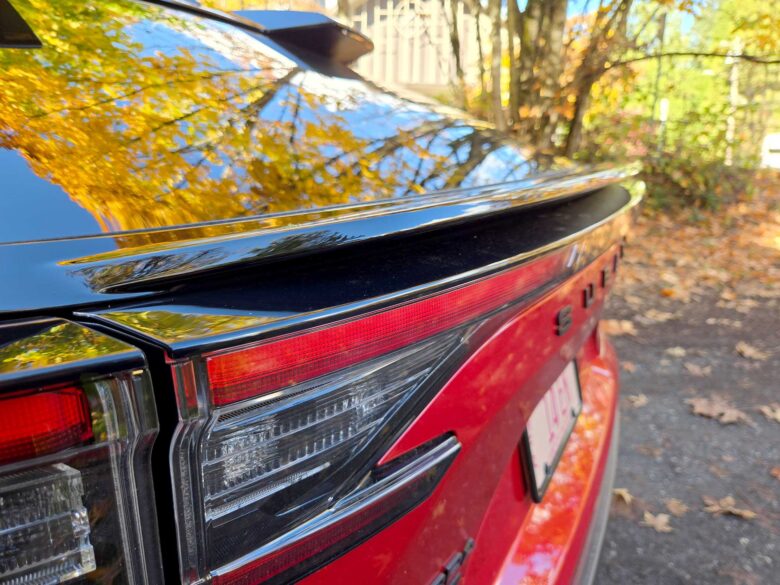


Andy Lilienthal is an award-winning writer and has written professionally since 1999. He has over 13 years in the automotive aftermarket working at companies including Warn Industries, Bushwacker, and Lund International. Editorial works include writing and photography for off-road print magazines, to new-car reviews online. He’s a photographer with images in multiple magazines, blog sites, and The New York Times.

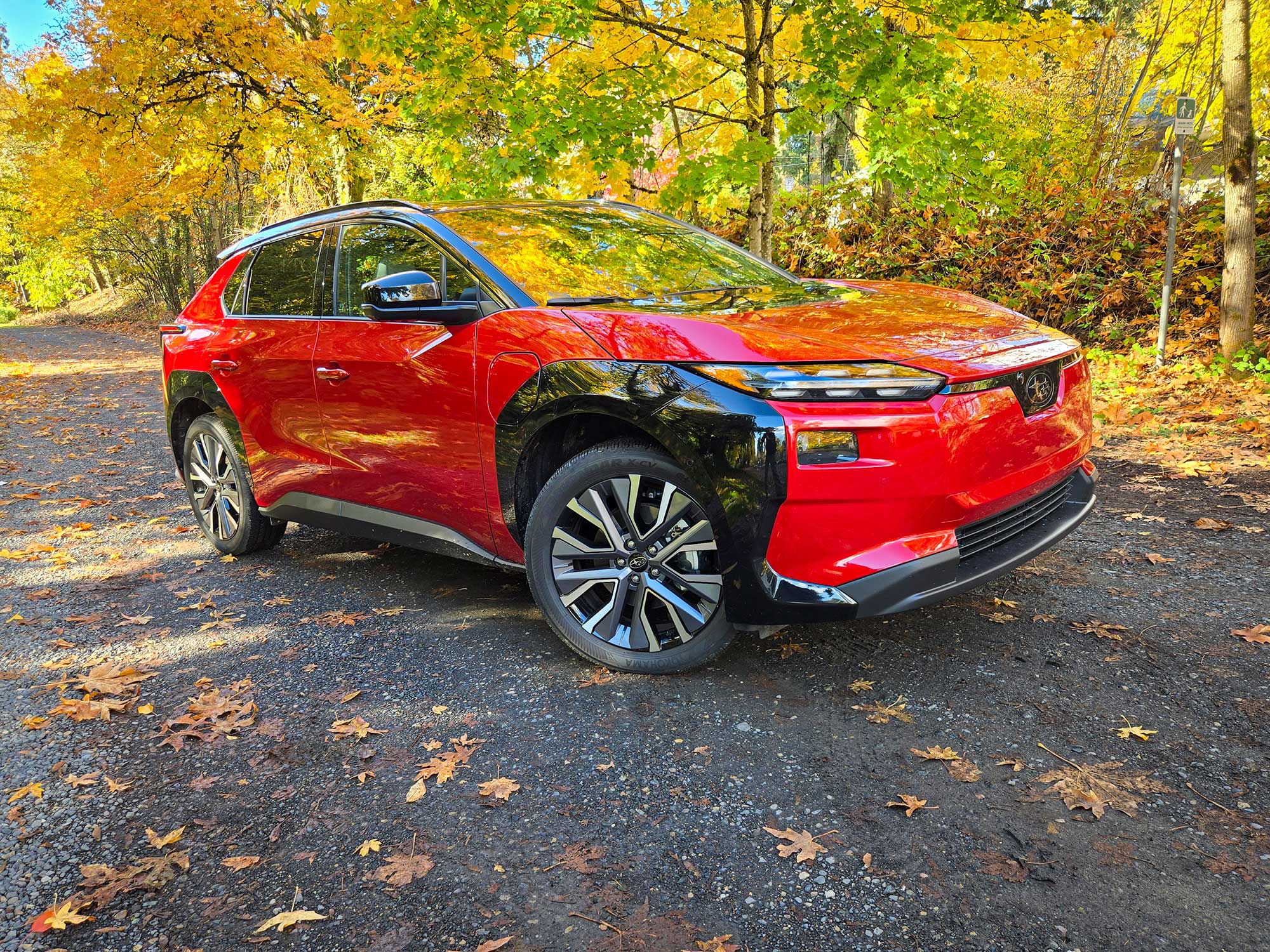
Leave a Reply